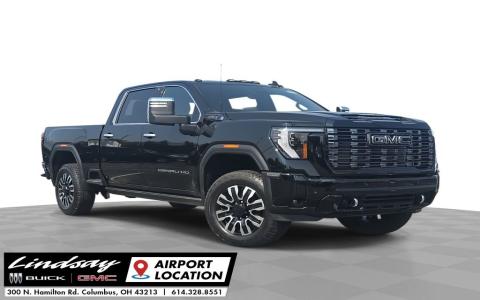Replacing the serpentine belt on a 2012 Buick Enclave ensures optimal engine accessory function. This guide details the process with belt diagram interpretation for accuracy.
Tools and Materials Required
- Correct serpentine belt (specific to 3.6L V6 engine)
- Socket set and breaker bar
- Safety glasses and gloves
- Owner's manual or diagram reference
Safety Precautions
Disconnect the negative battery terminal first to prevent electrical hazards. Always wear eye protection and work in a well-ventilated area on a cool engine.
Understanding the Belt Diagram
The 2012 Buick Enclave serpentine belt diagram depicts routing around key components: crankshaft pulley, alternator, water pump, power steering pump, A/C compressor, idler pulleys, and spring-loaded tensioner pulley. The tensioner is typically located on the driver's side near the alternator for belt slack adjustment.

Step-by-Step Replacement Process
- Locate the tensioner: Identify the tensioner pulley using the diagram—commonly center-front of the engine.
- Relieve belt tension: Insert a breaker bar into the tensioner socket and rotate it clockwise to slacken the belt. Avoid over-rotation to prevent damage.
- Remove the old belt: Slip the serpentine belt off all pulleys, noting its path for reference against the diagram.
- Install the new belt: Route the new belt exactly as per diagram, starting from the crankshaft pulley. Ensure it seats properly on all components.
- Apply tension: Release the tensioner slowly to retract it, securing the belt firmly without twists or misalignment.
- Verify routing: Cross-check the installed belt against the diagram to confirm accurate positioning on all pulleys.
Post-Installation Checks
Reconnect the battery, start the engine, and inspect for unusual noises or slippage. Confirm accessories like the alternator and A/C operate correctly under load.

